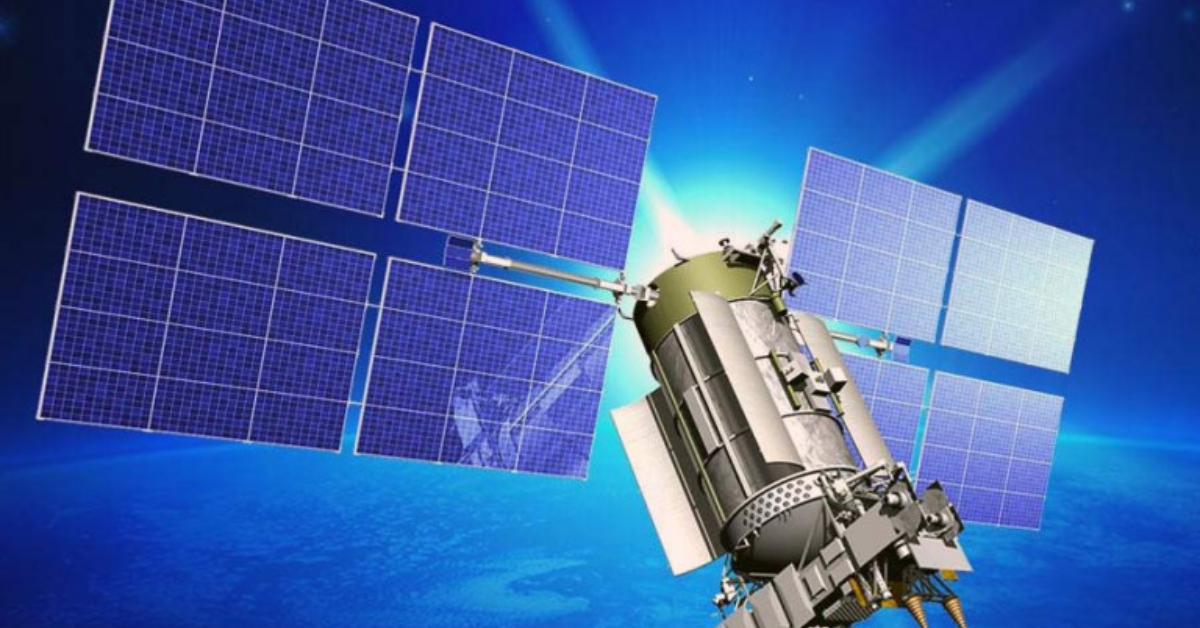President Vladimir Putin ratified the intergovernmental agreement between Russia and Mexico on cooperation in 'space research' for peaceful purposes, according to Russian authorities.
"The agreement was prepared and signed in view of the stable trend of expanding cooperation between Russia and Mexico in the space sphere through joint projects," the document states.
The agreement provides, in particular, for the Russian installation of Glonass and an optical-electronic system for the prevention of dangerous space situations in Mexico.
The agency pointed out that this agreement was signed by the Russian president on September 28 . . .






